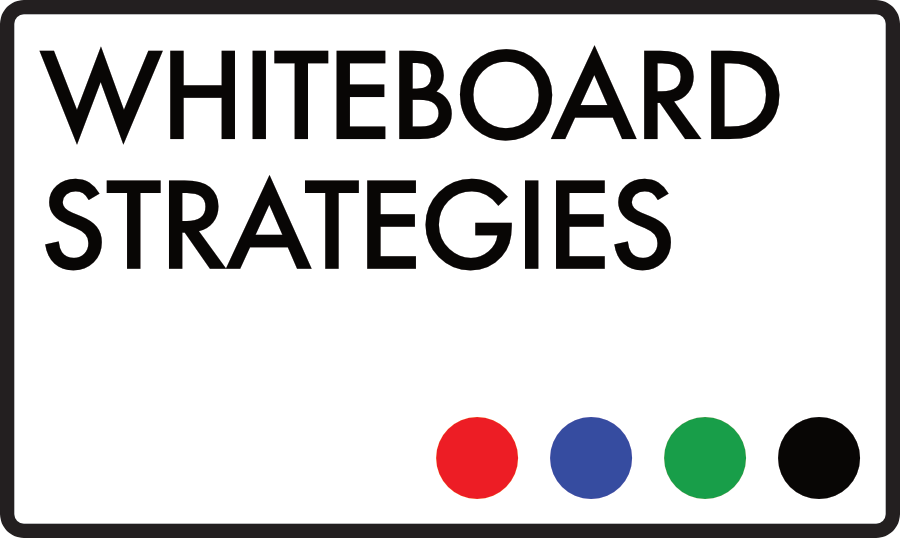Leadership is one of those words. You know the ones. If you’ve even dipped a toe in the LinkedIn pool recently you’ll have seen that everyone you know is at the bleeding edge of thought leadership, product innovation leadership, marketplace leadership. Your entrepreneur friend who owns restaurants in five cities and your other friend who is perpetually between jobs… both leaders of something, I’d put money on it.
This isn’t going to be another post about what leadership is. If you’re reading this, you’re a leader of a team, several teams or a department in the tumultuous world of B2B sales, and you know what leadership means in practical terms. But what about the year ahead? What are the trends and tensions that you will personally be facing both in your marketplace and in your organisation through 2016? Here are some thoughts based on what I’ve seen in sales departments around the world.
The Dismantling of Traditional Hierarchies
I saw this described as ‘The Democratisation of Businesses’ the other day, and it’s both potentially problematic for leaders and a unique opportunity. Many organisations are moving towards flatter hierarchy models, where individuals are defined in terms of their role rather than their pay bracket within a hierarchy. Developments in social and collaborative tech are undermining the siloing (or deliberate hoarding) of information within departments, and slowly levelling the playing field across even global organisations.
If leadership is defined in part as the ability to exercise influence, this move towards democratised businesses will recast the entire work force as potential influencers, and potential leaders. Some of you will be so used to traditional corporate structures that this will threaten you. Don’t let it. With the right communication methods and channels, it could lead to unprecedented levels of employee engagement and understanding, and the resulting sales lift could be phenomenal. It’s a change to be embraced—being ahead of the curve and embracing new opportunities to boost bottom lines… that’s real leadership.
The Need to Engage Employees & Consumers
People won’t work for you if they don’t know you. People won’t buy from you if you can’t hold their interest. The need to engage consumers and prospects is an obvious one, but for too long leaders have ignored the need to ensure that their own people are engaged with their work and their organisation’s broader objectives. When you consider that engaged workers are 87% less likely to quit, unengaged employees are a nightmare for talent retention and morale.
A recent Microsoft study showed that the average human attention span is now 9 seconds. That’s 3 seconds (25%) less than it was 15 years ago, and a full second less than a goldfish. Pages and pages of text, endless emails and overloaded slides to communicate new product, repositioning of value propositions and competitive differentiation just won’t wash anymore. Not with clients, not with prospects and not with employees. If only there was a better way…
Organising and Supporting Remote Employees
After years of everyone saying that they would rather be working from home with a cup of tea and Jeremy Kyle on, companies seem to have come round to the idea, thanks to massive leaps forward in collaborative technologies, video calling software and connectivity. While the relative merits of having your workforce in or out of the office are still up for debate, the need to support and oversee employees working remotely will almost certainly be a feature of your 2016.
The difficulty here for leaders isn’t going to be keeping tabs on remote workers, it’s going to be in collaborating and communicating across departments to support those workers. Complex ideas and strategies will need to be shared across Sales, HR and Enablement departments to ensure continued training, CPD opportunities and development for staff not based in the office. Those same strategies will need to implemented, the same ideas explained to geographically dispersed sales teams. That’s going to get complicated, and it’s going to demand a better way of communicating.
We’ve got a huge amount to look forward to in 2016 – and if these trends are embraced in the way they should be, a huge amount to benefit. There is no better way of communicating complex ideas that visually, no easier or more efficient way of implementing visual communications across the workplace than with your very own whiteboard strategy. Drop me a line, let’s talk.

Recent Comments